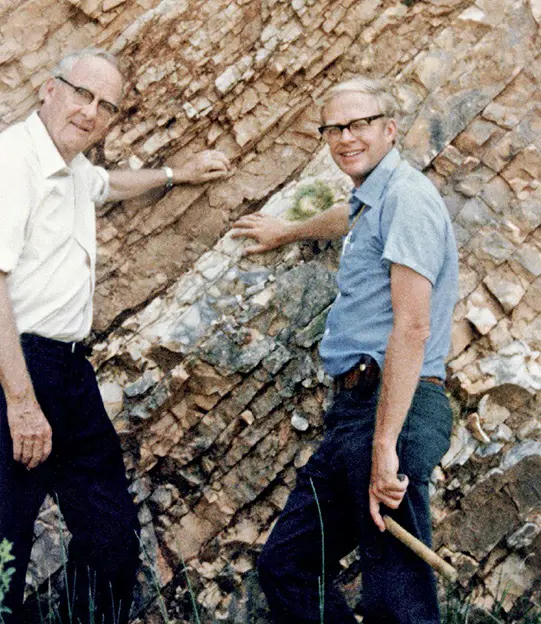The Alvarez Hypothesis, a groundbreaking theory proposed by geologist Walter Alvarez and his father, physicist Luis Alvarez, revolutionized our understanding of mass extinctions and their causes. Their research in the 1970s focused on a mysterious clay layer in Gubbio, Italy, dating back to the Cretaceous-Paleogene (K-Pg) boundary, approximately 65 million years ago – a period coinciding with the extinction of the dinosaurs.
Their discovery of an unusually high concentration of iridium, a platinum-group metal rarely found in Earth’s crust but common in asteroids, suggested an extraterrestrial impact as the key driver behind the K-Pg mass extinction. Initially met with skepticism, this hypothesis gained significant traction following the 1990 discovery of the Chicxulub crater in Mexico, roughly the same age as the K-Pg boundary.
This hypothesis has since reshaped the scientific narrative, suggesting that the Chicxulub asteroid impact, possibly in conjunction with other catastrophic events like the Deccan Traps volcanic eruptions, was responsible for one of Earth’s most significant mass extinctions. The Alvarez Hypothesis not only provided a plausible explanation for the dinosaur extinction but also emphasized the role of celestial impacts in Earth’s geological history.

